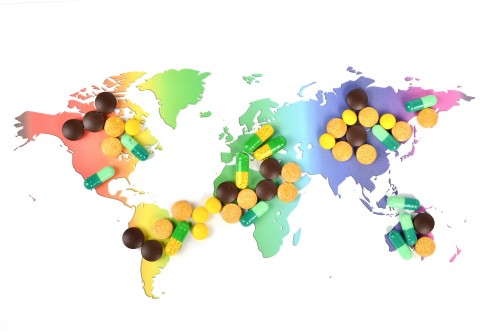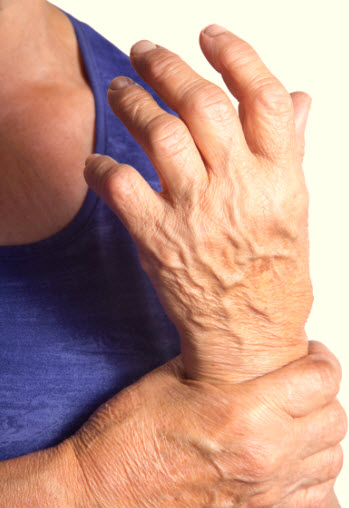BPR is the legislation governing the use of biocidal products in the European Union. Read on to find out how to navigate the authorization process and manage the information required.
Biocidal products are used to control unwanted organisms (e.g., pests, such as rats, or micro-organisms, like bacteria) that are harmful to the health of humans or animals, the environment, or that cause damage to property. As such, biocides play an important role in everyday life and reflect a huge range of product types, from disinfectants to insecticides.
TheEuropean Chemicals Agency(ECHA) regulates the specific biocide products that are available in the EU/EEA and Switzerland, as well as the active substances that they contain, under theBiocidal Products Regulation (BPR). The aim of the BPR is to ensure that all marketed biocidal products perform their intended role (i.e., have efficacy) and pose a low hazard to humans, animals and the environment when used as specified.
Quick Overview of BPR
TheEU Biocides Regulation 528/2012has been in effect since September 2013. It contains a two-step process requiring an active substance application and the authorization of any biocidal products containing that active substance. The regulation also allows for the authorization of biocidal products as a biocidal product family. A product family allows the authorization of multiple biocidal products within one submission. All products within the family must contain the same active substance(s) but may appear at different concentrations. If your product is identical to an existing formulation, but marketed under a different trade name, it is possible to apply for the same biocidal product authorization. This can reduce administrative burden.
你可以选择在国家授权产品level (which is beneficial in cases where the product is marketed in a few EU/EEA countries) or at the Union level (which covers the entire EU/EEA and Switzerland). Up to the end of 2017,total of 115 Union authorizationsfor biocidal products had been submitted. Of these 83% were submitted for biocidal product families. This may illustrate the attraction of the lower administrative burden and cost associated with a product family authorization.
Union and National authorization require submission via R4BP to a competent authority in a member state. There are some practical and logistical variations in how different member states approach BPR, so it’s worth considering the options available to you before you settle on a specific one.
Biocide Categories and Product Types
Annex V of the BPR contains 22 different product-types (PT), which fall intofour main groups,
- Disinfectants(PTS 1-5):用于人和兽医卫生,表面消毒剂,饮用水消毒剂和可与食物接触的消毒剂的消毒剂。
- Preservatives(PTS 6-13):用于维持产品货物 - 寿命(除食物或饲料之外),保护建筑材料或纺织品,保护木材并防止粘液生长。
- Pest control(PTS 14-20):用于啮齿动物,鸟类,鱼类,软体动物和昆虫
- Other:对于不适合其他组的生物杀菌产品,包括防污产品(PT 21)和防腐液(PT 22)。
Union Authorization (UA) is not an option for active substances within PTs 14, 15, 17, 20 and 21. Union authorization becomes an option for PTs 7-13, 16 and 22 from January 1, 2020 with all remaining PTs currently able to apply for UA.
Testing Under BPR
For authorization of a biocidal product, companies must fulfill all the information requirements set out byECHA. There are two main data sets which are included within the IUCLID dossier: the core dataset (CDS), which all products require, and the additional dataset (ADS), which depends on the PT, its use, type of formulation and application method. Table 1 summarizes the CDS and ADS analytical requirements, for biocidal products and active substances.
Table 1: CDS and ADS analytical methods for active substances andbiocidal products
In addition to the IUCLID dataset, a risk assessment and a summary of product characteristics (SPC) are also required. The most time-consuming data to collect relates to long-term stability. These tests take two years to conduct, so forward planning for BPR submission is essential.
Conclusions
There are multiple things to consider when navigating your biocidal product through BPR. Focus on gathering the right information and selecting the most appropriate authorization approach for your product, and consider the value of the biocidal product family approach.
Visit our website for more information about Covance’s regulatory services for crop protection.
About the Author
David’s main focus and area of expertise is biocides regulations, including regulatory advice and strategy. The latter often involves preparing documents such as data gap analysis, or setting up and identifying the format of product families.












